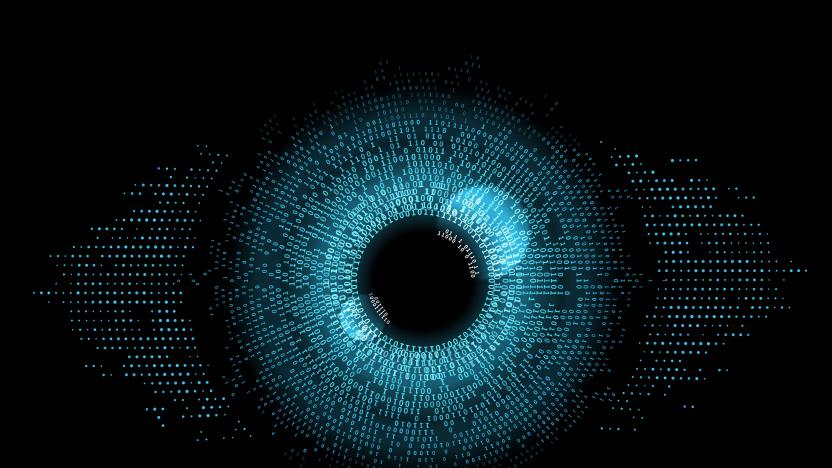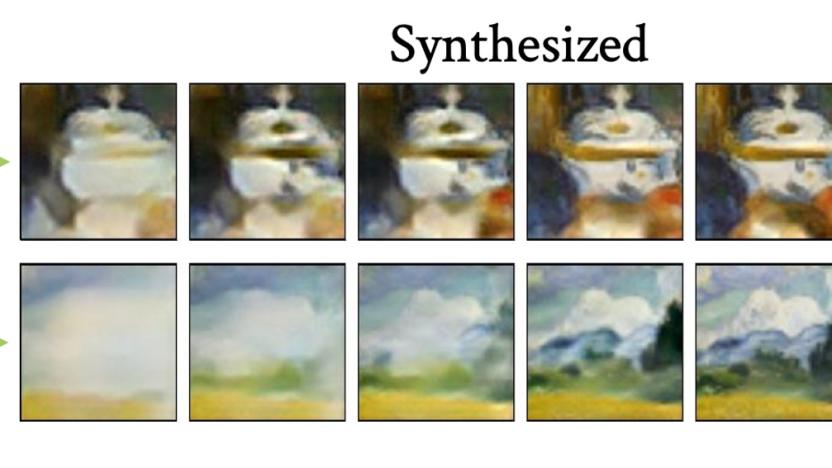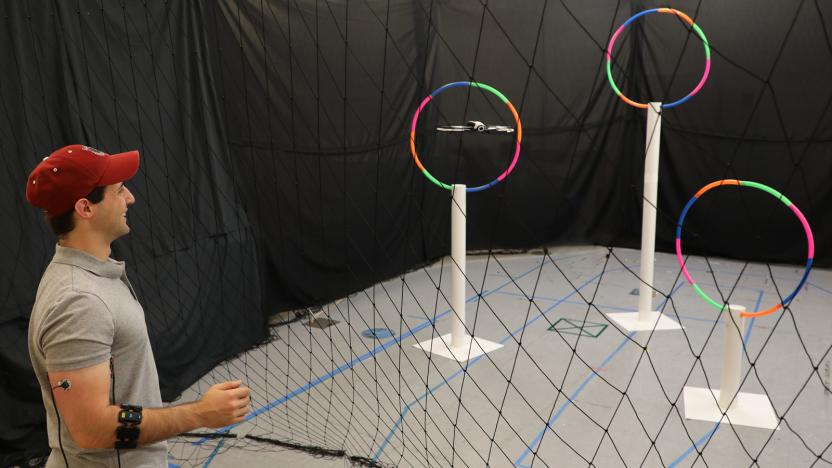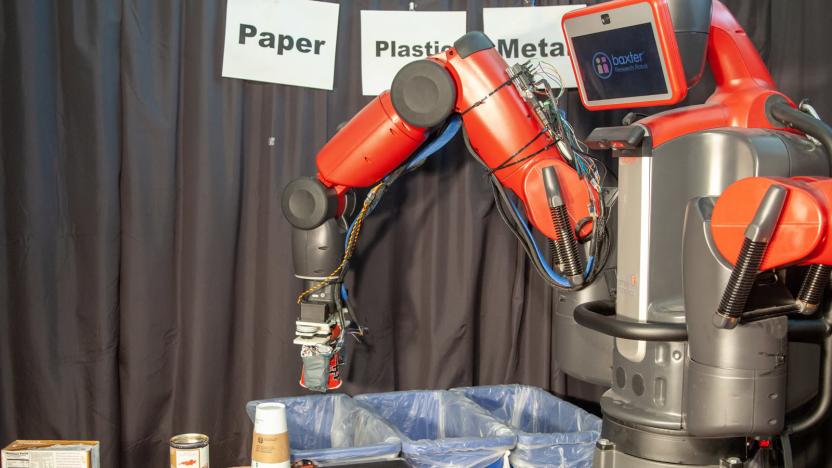MIT CSAIL
Latest

MIT's newest computer vision algorithm identifies images down to the pixel
A team of researchers at MIT CSAIL, in collaboration with Cornell University and Microsoft, have developed STEGO, an algorithm able to identify images down to the individual pixel.

AI recreates the painting techniques of famous artists
New AI can recreate the brush strokes used to create a famous painting by looking at the finished image.

Muscle sensors may let you control a drone by clenching your fist
MIT has developed a system that uses muscle sensors to control robots more intuitively.

MIT's 'smart surface' could improve your WiFi signal tenfold
There's a problem with stuffing wireless connections into ever-smaller devices: they can struggle to maintain a good signal when there's so little space for antennas. MIT CSAIL researchers might have a fix, though. They've developed an RFocus "smart surface" that "can work both as a mirror or a lens" to focus radio signals onto the right devices on either side of the "fence." In return, this improves the median signal strength by nearly 10 times, while doubling the median channel capacity in an office environment. Instead of just a handful of monolithic antennas, the RFocus prototype revolves around 3,000-plus tiny antennas with software that arranges them to maximize reception. In other words, RFocus is acting as a beamforming controller in the middle, as opposed to letting the radio endpoints -- transmitters and client devices -- manage this activity, which would be difficult to implement on tiny devices.

MIT is turning AI into a pizza chef
Never mind having robots deliver pizza -- if MIT and QCRI researchers have their way, the automatons will make your pizza as well. They've developed a neural network, PizzaGAN (Generative Adversarial Network), that learns how to make pizza using pictures. After training on thousands of synthetic and real pizza pictures, the AI knows not only how to identify individual toppings, but how to distinguish their layers and the order in which they need to appear. From there, the system can create step-by-step guides for making pizza using only one example photo as the starting point.

MIT's 'RoboRaise' helps you lift things by studying your muscles
It's all well and good having a virtual assistant like Alexa or Siri in your lounge, but they make for a pretty useless robotic companion when it comes to shifting a sofa or getting a heavy box from a cupboard. MIT CSAIL has a solution in its sights though, and has developed a robot that can help lift things by studying a human's biceps.

Recycling robot can sort paper and plastic by touch
It can be a pain for workers to sort recycling, both because of the safety and the sheer monotony of it. But how do you get robots to do the job when they can't always tell the difference between a can and a cardboard tube? For MIT CSAIL, it's simple: give the robots a sense of touch. Its researchers have developed a recycling robot, RoCycle, that uses sensors in its hand to determine the nature of an item and sort it accordingly. A strain sensor gauges an object's size, while two pressure sensors determine how squishy that object may be, whether it's easily-crushed paper or more rigid plastic. It can even detect the presence of metal, since the sensors are conductive.

MIT robot's flytrap gripper can grab both fragile and heavy objects
Robot hands tend to skew toward extremes. They can pick up delicate objects or heavy objects, but rarely both. MIT CSAIL's solution? Avoid hands altogether. Its researchers have developed a Venus flytrap-like gripper that can grab objects as fragile as a grape, but also items 100 times its weight -- even if they're oddly shaped. The trick relies on a combination of clever physics with brute force.

Inefficient? MIT's new chip software doesn't know the meaning of the word
Would you rather have a power-hungry cellphone that could software-decode hundreds of video codecs, or a hyper-efficient system-on-chip that only processes H.264? These are the tough decisions mobile designers have to make, but perhaps not for much longer. MIT's Computer Science and Artificial Intelligence Laboratory has developed a solution that could spell the end for inefficient devices. Myron King and Nirav Dave have expanded Arvind's BlueSpec software so engineers can tell it what outcomes they need and it'll decide on the most efficient design -- printing out hardware schematics in Verilog and software in C++. If this outcome-oriented system becomes widely adopted, we may never need worry about daily recharging again: good because we'll need that extra power to juice our sporty EV. [Image courtesy of MIT / Melanie Gonick]

Kinect finally fulfills its Minority Report destiny (video)
Not to denigrate the numerous fine hacks that Kinect's undergone since its launch, but it's always nice to see the professionals come in and shake things up a little. A crew from MIT's brain labs has put together a hand detection system on Microsoft's ultra-versatile cam, which is sophisticated enough to recognize the position of both your palms and fingers. Just as a demonstration, they've tied that good stuff up to a little picture-scrolling UI, and you won't be surprised to hear that it's the closest thing to Minority Report's interactive gesture-based interface that we've seen yet. And it's all achieved with a freaking console peripheral. Video after the break.



